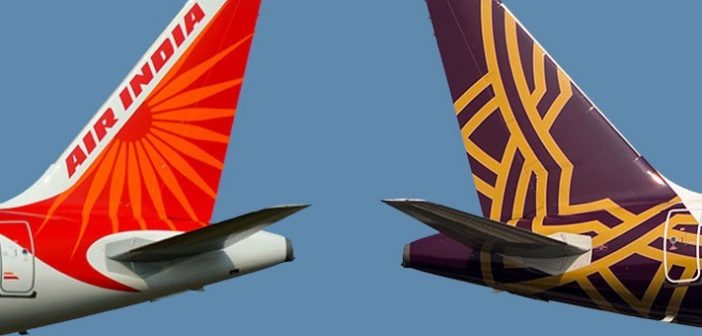The merger between Vistara and Air India, marks a significant shift in India’s aviation landscape, driven by Tata Group’s aim to consolidate its aviation assets under a single brand. This merger combines Air India’s extensive international network and legacy with Vistara’s premium service quality, setting the stage for an airline with both global reach and competitive service standards.
Impact on Indian Flyers
For Indian passengers, the merger means more robust flight options and potentially better service. Vistara’s reputation for on-time performance and customer service (with its May 2024 on-time performance peaking at 82.15%) will bolster Air India’s operational efficiency. Travelers will experience a unified loyalty program, with Vistara’s Club Vistara members shifting to Air India’s Flying Returns program, allowing for a broader selection of flights and perks under one umbrella.
The merger also promises enhanced long-haul connectivity through Air India’s existing global network, complemented by Tata’s plan to modernize the fleet with newer, more efficient aircraft like the A350. This could create more seamless international connections and raise Air India’s status to compete with major global carriers.
Strategic Implications for the Industry
This merger reflects a broader consolidation trend within Indian aviation, aligning with Tata Group’s vision of a stronger, more competitive airline with the potential to challenge Gulf carriers for market share in transcontinental routes. With Singapore Airlines retaining a 25.1% stake in the merged entity, Air India gains access to advanced operational technology and managerial expertise, which can drive further modernization and customer service enhancements.
Operationally, merging the two brands presents challenges, particularly in balancing the premium positioning of Vistara with Air India’s value-oriented approach. Experts note that integration efforts may face hurdles, especially as the two airlines differ significantly in branding, service expectations, and organizational culture. Nonetheless, Tata’s investment in technology upgrades and fleet renewal aims to overcome these challenges and create a streamlined, unified experience for travelers.
Broader Market Effects
For competitors like IndiGo, the Air India-Vistara merger raises the stakes in terms of service quality and international reach. To maintain their edge, these airlines may have to invest in fleet expansion, service improvements, or even explore alliances. This merger’s successful integration could set new benchmarks for the industry, pressuring competitors to raise their standards to retain customer loyalty.
The Vistara-Air India merger, therefore, is more than a corporate rebranding; it’s a strategic consolidation intended to boost India’s footprint in global aviation and redefine air travel for Indian flyers. With more routes, improved services, and a world-class fleet on the horizon, the new Air India is poised to bring competitive choices to the market and reshape the future of Indian aviation.





